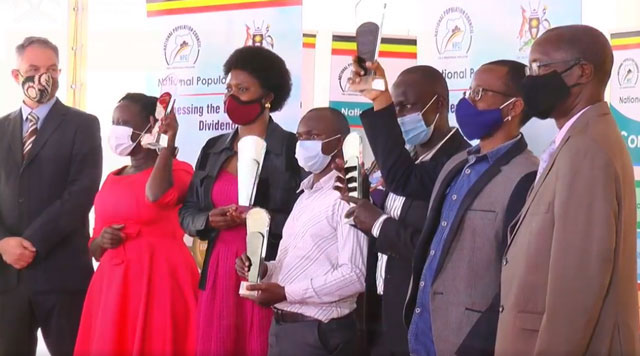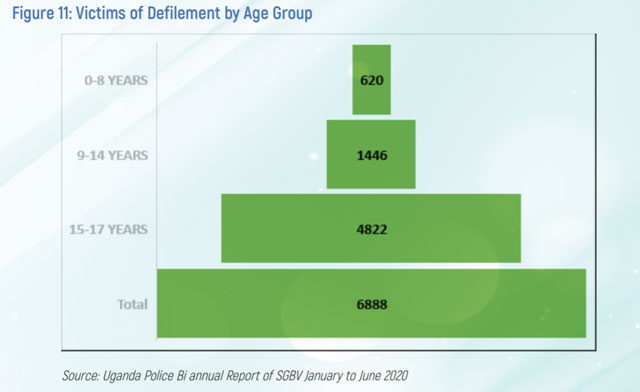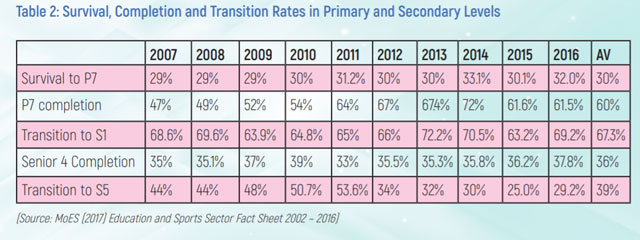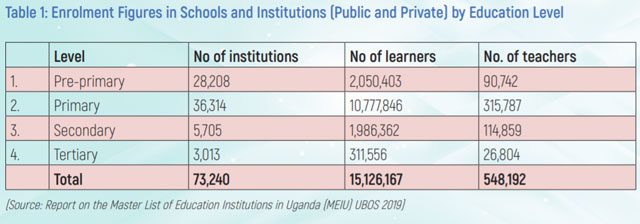
Policy Recommendations
• Government should enhance training and orientation of the entire health workforce to ably detect and manage COVID-19 patients to avoid community spread.
• Strengthen the health response by directing additional resources to reinforce Uganda’s health system;
• Government should create a domestic supply base to reduce reliance on global value chains;
• Ministry of Education and Sports should urgently develop a national ICT in education policy
• Expand social protection interventions to cover all components during COVID-19 and Post COVID-19
• Government should persuade banks to provide loans to SMEs with flexible repayments facility
SUPRE 2020 Highlights
✳ COVID-19 pandemic presented useful opportunities for the health care system in the country in areas of research on emerging diseases; upping of the human resource skilling and expertise in the health sector – medical, laboratory, logistics management, and collaboration and synergy; revamping the entire health care system for Universal Health Coverage.
✳ In addition to the millions of learners who have stayed home as a result of school closure, thousands of workers in the sector are at home, many without pay. Needless to say, majority of these are heads of families and bread winners, whose loss of income has affected lives of millions of school going children, even as they remain at home.
✳ Even before the advent of COVID-19 pandemic, the education sector in Uganda was grappling with the challenge of ensuring equity and quality in education provision at all levels. While the Net Enrollment Ratio (NER) at primary has averaged about 95% over the last ten years, at secondary, 51% of the children who should be in school at that level are out of school.
✳ The main factor for the low enrollment rates at secondary derives from the low survival rate to P7 (32%) and completion rate at P7 (61%), which results in low transition to S1 rate of 67.2% according to a 2017 report. In turn, these low rates are a product of social and economic challenges affecting the communities. About 65% of the school dropouts give reasons related to economic difficulties for leaving school. The economic impact of COVID-19 and the lockdown measures on households is very likely to increase the school dropout rates, especially for children from vulnerable groups.
✳ On a national average, out of every ten children who join P1, only three make it to P7, and out of those three, about two complete and sit Primary Leaving Examinations (PLE). For every ten who sit PLE, only about seven transit to S1. The survival to P7 and P7 completion rates for girls over the last ten years



✳ The prolonged closure of schools is amplifying the vulnerabilities girls face by removing the school, a core support structure that has been providing relatively safer spaces for children in Uganda. While out of school, children are increasingly being forced into hazardous forms of child-labour, such as roadside and market food vending, selling alcohol, firewood or artisan mining and farming. For girls
especially, these engagements expose them to sexual exploitation, which results in early pregnancies and the inevitable school dropout. Studies indicate that adolescent girls out of school are more than twice more likely to get pregnant than those who are in school. In two months, over forty primary school girls had got pregnant in Luuka district in eastern Uganda
✳ Whereas generally reported GBV cases went down in the first half of 2020, which includes the period of COVID-19 lockdown, the cases of domestic violence and aggravated domestic violence leading to death increased in the first half of 2020. This implies that staying at home due to lockdown increased friction between couples and the risk of domestic violence, which is a form of GBV.
From the Uganda Police Report 6,888 children were defiled by end of June 2020, of whom, 6,805 were female and 83 male. This indicates the risk to both boys and girls and need to provide protection to both girls and boys to prevent abuse.
CLICK TO READ STATE OF UGANDA FULL REPORT
CLICK TO READ STATE OF WORLD REPORT
 The Independent Uganda: You get the Truth we Pay the Price
The Independent Uganda: You get the Truth we Pay the Price



